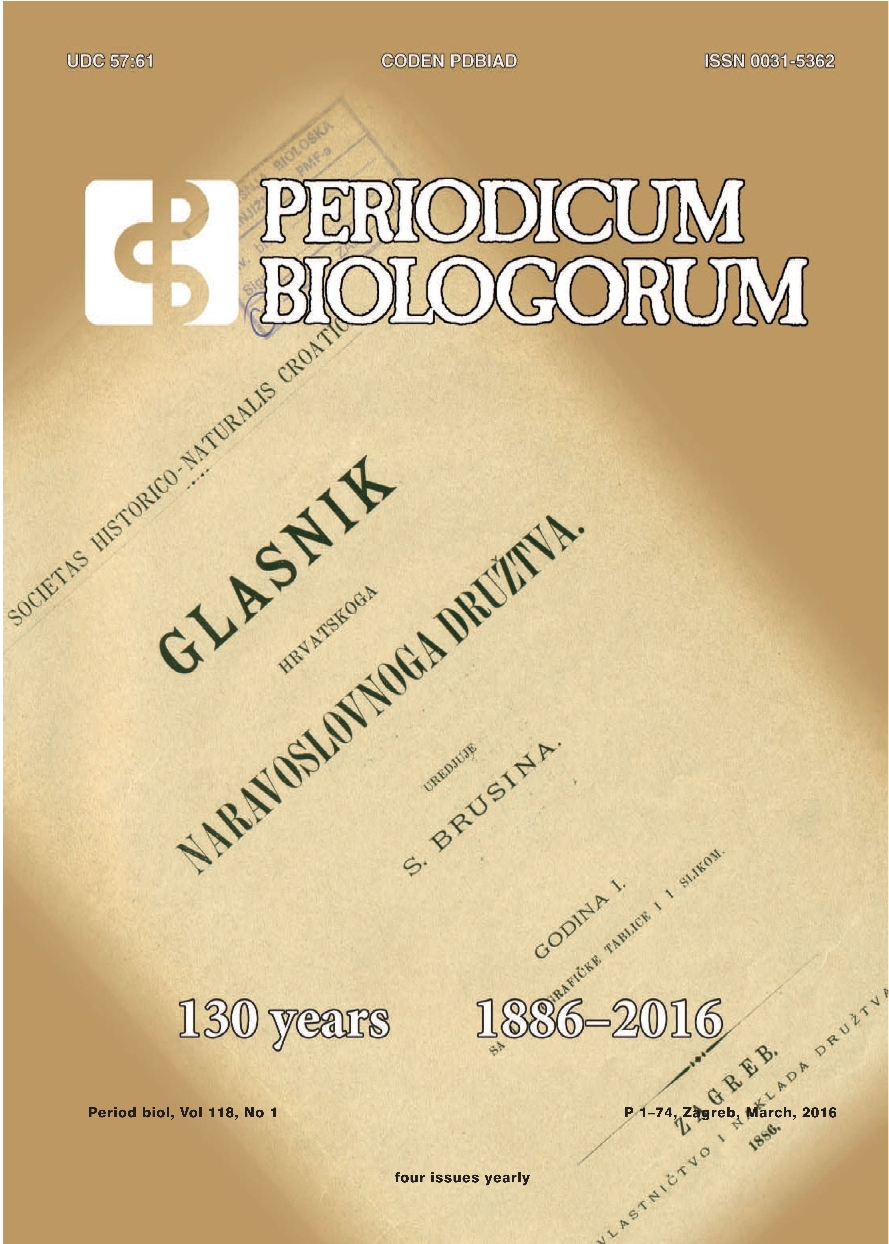Three-dimensional cell cultures as a new tool in drug discovery
DOI:
https://doi.org/10.18054/pb.v118i1.3940Abstract
Background and purpose: Producing of reliable information about pharmacological activity of new chemical entities is essential in early stages of drug discovery and development. There is a continuous need for improvement of existing in vitro technologies, in order to get more accurate and more predictive biological data (and for compounds selection) in pre-clinical screening methods and models.
Materials and methods: Two-dimensional (2D) cell cultures, in comparison with original tissues, does not fully reproduce in vivo cell growth and differentiation. Therefore, significant efforts have been made toward the development of more realistic three-dimensional (3D) in vitro cell culture models that would better mimic tissue physiology.
Results: Two-dimensional (2D) cell cultures, in comparison with original tissues, does not fully reproduce in vivo cell growth and differentiation. Therefore, significant efforts have been made toward the development of more realistic three-dimensional (3D) in vitro cell culture models that would better mimic tissue physiology. Basic concepts and advantages of 3D cell cultures, as well as different approaches in technologies that enable the cell growth in 3D will be presented here. Possible applications of 3D cell culture in drug discovery will be discussed, and example of formation of spherical growth of three different human breast cancer cells (MDA-MB-231, SK-BR-3 and T-47D cells) in 3D format will be shown.
Conclusions: Although biological significance of obtained data from 2D and 3D cell cultures is still poorly understood, discrepancy of compunds activity illustrated importance of implementation 3D cell culture assays in early part of drug discovery process.
Keywords: new anticancer drugs, in vitro assays 2D and 3D cell cultures, 3D cell cultures technologies, applications in drug discovery
Downloads
Published
Issue
Section
License
The contents of PERIODICUM BIOLOGORUM may be reproduced without permission provided that credit is given to the journal. It is the author’s responsibility to obtain permission to reproduce illustrations, tables, etc. from other publications.


